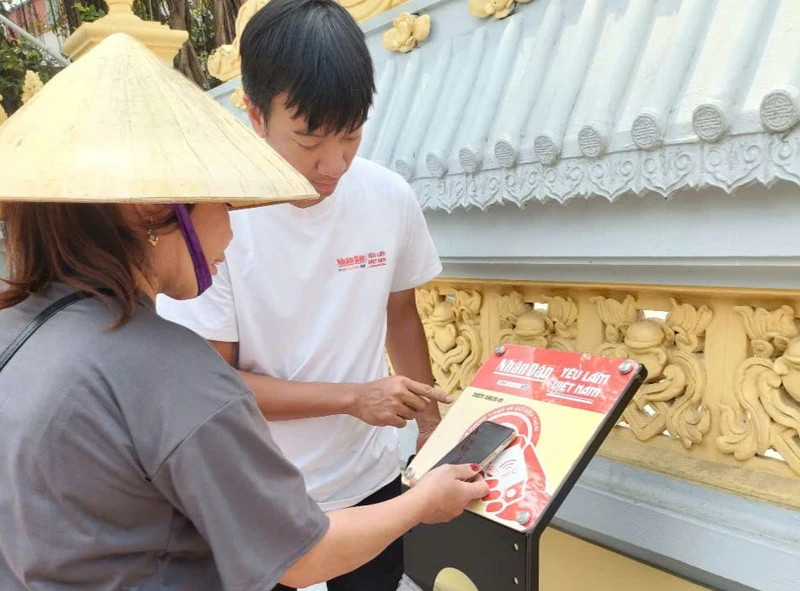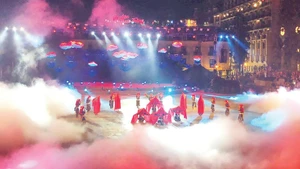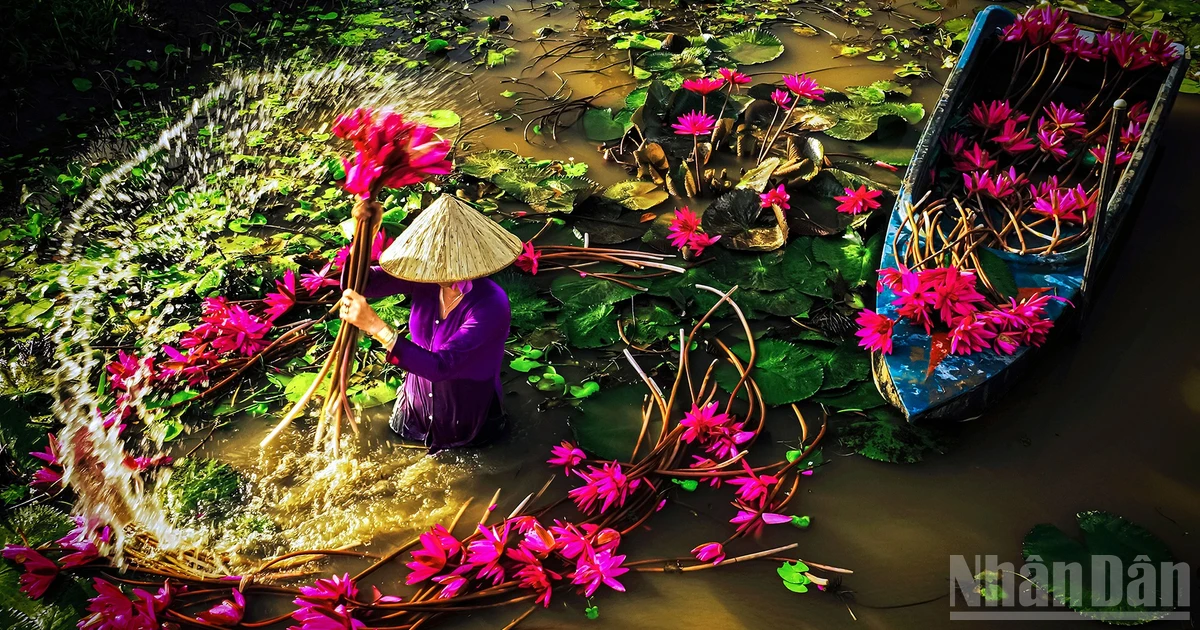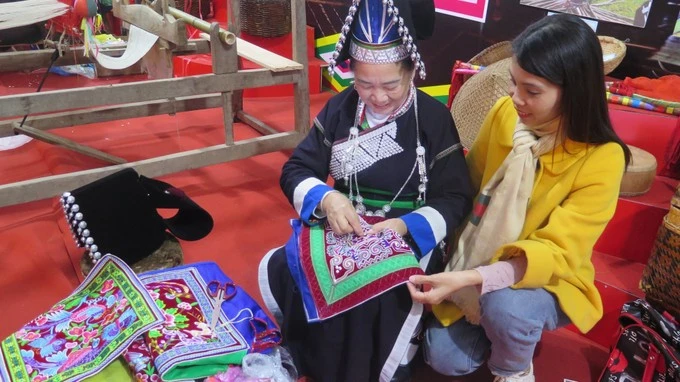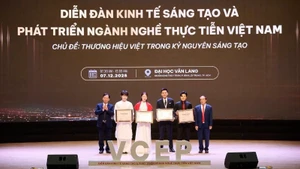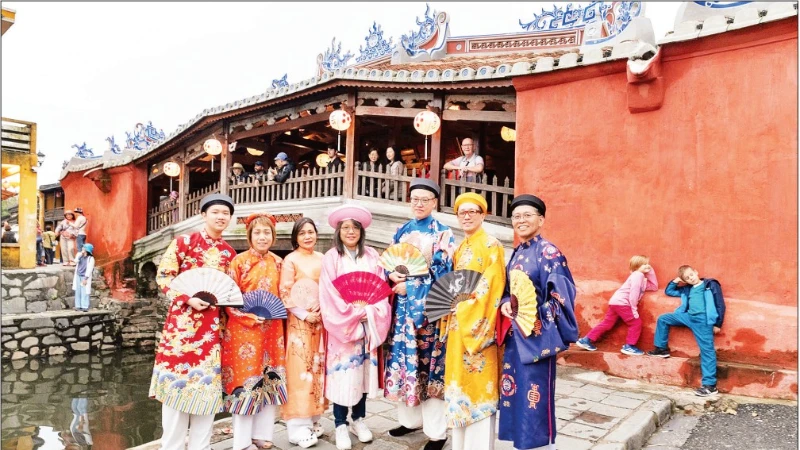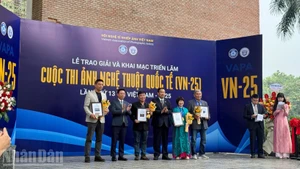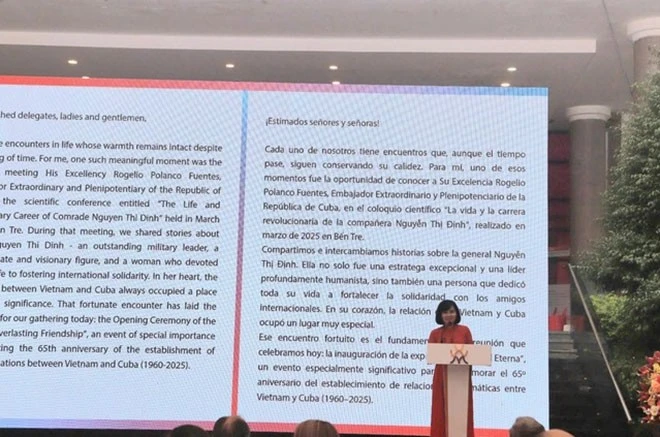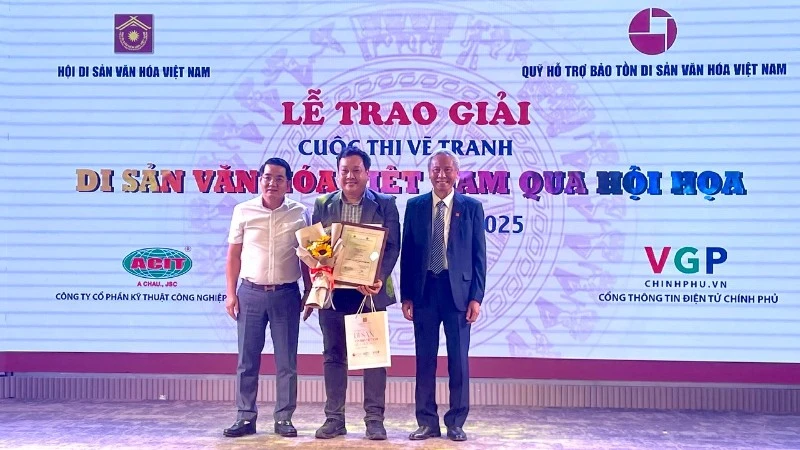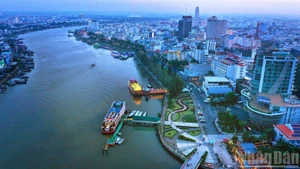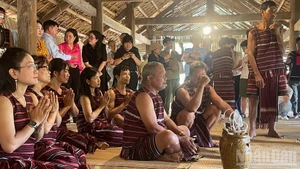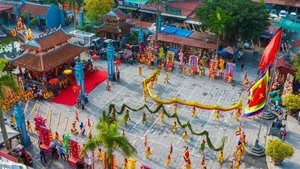The three sites are Lanh Giang Temple in Moc Hoan Commune, Duy Tien Town, Long Doi Son Pagoda in Tien Son Commune, Duy Tien Town and the Memorial Site of writer-martyr Nam Cao in Hoa Hau Commune, Ly Nhan District. These are famous relic sites in Ha Nam Province with tourism development potential.
The "Love Vietnam So Much" project was implemented by Nhan Dan Newspaper to respond to and aim for the 50th anniversary of the Liberation of the South and National Reunification (April 30, 1975 - April 30, 2025).
With wireless connection technology, the "Love Vietnam So Much" project is carried out in all provinces and cities across the country.
The long-term goal of the project is to create new and unique experiences for people and tourists such as challenge games for people and tourists to check in, guide, support customer flow, and notify tourists of important events in the locality, thereby, promoting the image of the country, people, famous historical, tourist sites of all localities.
At all locations with chipboards, people and tourists only need to touch their smartphones with an internet signal close to the NFC chipboard. The smartphone screen will automatically display a link to the website of the "Love Vietnam So Much" project.
Checking in at these locations will help people and tourists know how many people have checked in at that location. At the same time, they can also review the places they have visited and information at those destinations.
The chipboard installed at Long Doi Son Pagoda special national relic
Long Doi Son Pagoda - Cultural symbol of ancient Son Nam Town
Long Doi Son Pagoda is an ancient temple associated with the famous Sung Thien Dien Linh Tower of the Ly Dynasty. This is a relic with important historical, cultural, and archaeological value and a cultural symbol of the ancient Son Nam Town, as well as Ha Nam today. According to historical records, in the middle of the plain terrain of Doi Son Commune, there is a mountain that looks like a big dragon facing the Thang Long Citadel, so it is called Long Doi Son (Long Doi Mountain).
The pagoda was built by King Ly Thanh Tong and Princess Y Lan in 1054. Then King Ly Nhan Tong continued to expand and built Sung Thien Dien Linh Tower (from 1118 to 1121). Through many eras and historical events, the pagoda has been restored numerous times but still retains its ancient features and typical architecture of the Ly Dynasty. The pagoda now still preserves many precious relics.
With historical and cultural values and majestic and ancient beauty, in 1992, Doi Son Pagoda was recognised as a National Historical and Cultural Relic. In December 2017, Doi Son Pagoda was one of 10 relics nationwide ranked as the Special National Relic by the Prime Minister.
Lanh Giang Linh Tu
Lanh Giang Linh Tu is one of the typical relics of Ha Nam Province. It is located on the Red River basin, where three Generals of the Hung King period worshipped.
With its typical historical-cultural and architectural values, in 1996, Lanh Giang Temple was ranked as a national relic by the Ministry of Culture and Information (now the Ministry of Culture, Sports and Tourism).
Lanh Giang Temple Festival is a typical festival, bearing the cultural identity of the Vietnamese people in the lower Red River Delta. The festival is organised annually in a sacred and solemn atmosphere to meet the spiritual and cultural needs of the people. It is a place to preserve and promote the value of the practice of Mother Goddess worship by the Vietnamese people.
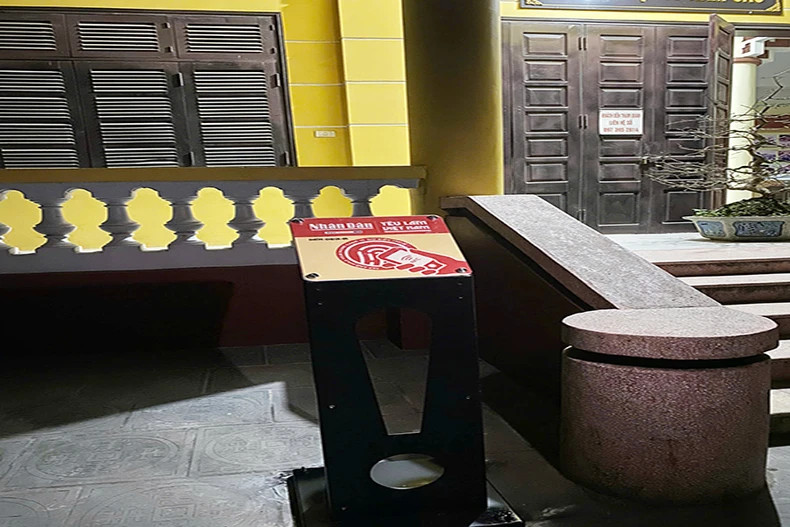 |
| The chipboard is installed at the National Monument Site - Nam Cao Tomb and Memorial Site. |
National monument - historical relic Nam Cao Tomb and Memorial Site
Writer Nam Cao is a great writer of Vietnam. He is one of the outstanding writers of Vietnamese realism literature in the 1930-1945 period and a typical soldier writer of Vietnamese revolutionary literature. He left two novels, more than 50 short stories, and memoirs. With those contributions, he was posthumously awarded the Ho Chi Minh Prize in 1996 for his important contributions to the country's literature in the first half of the 20th century.
The Nam Cao Memorial Site was completed in 2004 and is a place to preserve memories, artefacts, and works associated with the name and career of the writer, as well as gratitude and memorial activities of local authorities, organisations, and individuals in the country for him.
